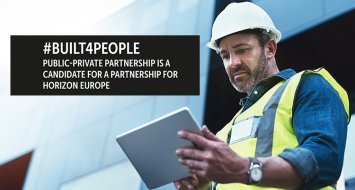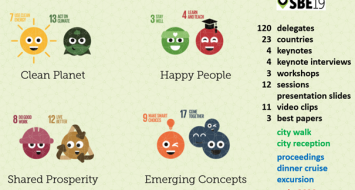
It's time to move forward in Construction Industry
Many sectors of business benefit already from AI. The data growth is exponential. Human- and machine-generated data is experiencing an overall 10 times faster growth rate than traditional business data, and machine data is increasing even more rapidly the growth rate being at 50 times.
Construction industry is the less digitalized industry in the world. Nowadays the actors at the construction sector aren’t using the data from the old projects but basically start every project from zero where it would be beneficial to use the information from good and bad lessons learned and improve next projects.
Forerunner companies are intending to find the relevant ways to mine, process and display relevant data from these extensive data lakes and convert the knowledge learned into actions that result in direct improvements in current work processes.
Forerunner companies are also aiming to reduce the amount of decisions and processes that are based on intuition and replace them with decisions based on facts and predictions made from data.
”We want to be able to use the data collected in the past, learn from it and use that knowledge to create processes that are continuously learning and improving, Director of Technology, Ricardo Farinha, says.
The recent use of Building Information Modeling (BIM) is a good example on some of the type of digital data that is being created in the construction industry.
The acquisition and analysis of data and its subsequent transformation into actionable insight is a complex workflow which extends much beyond just storing digital data.
The dynamic system which processes the information by machine learning to predict, adjust and learn from the data an mine it, has been developed couple of years. Based on machine learning, the more data in the system exists, the better it will become.
They have collected data from 1 000 people who were working on 1 600 BIM projects which means 3 million actions. It is 100 years in the software.
One of their missions is to bring recommendations to the designers from different projects and also take the users into account in the design processes.
The system will work like Google: it gives the users access to results very quickly.
”Hopefully with systems like this we could speed up the digitalisation of the industry and solve problems that have been haunting us 20-30 years”, Farinha says.
Adapted from WDBE 2019 Conference, Ricardo Farinha’s presentation
Suosituimmat

Achieving the twin-transition in the built environment - Bui...
There is an urgency for a transformation for sustainable living, enhanced by the transitio...

SBE19 approached sustainable built environment from three di...
SBE19 Helsinki was organized by the Finnish Association of Civil Engineers RIL and Sustain...


